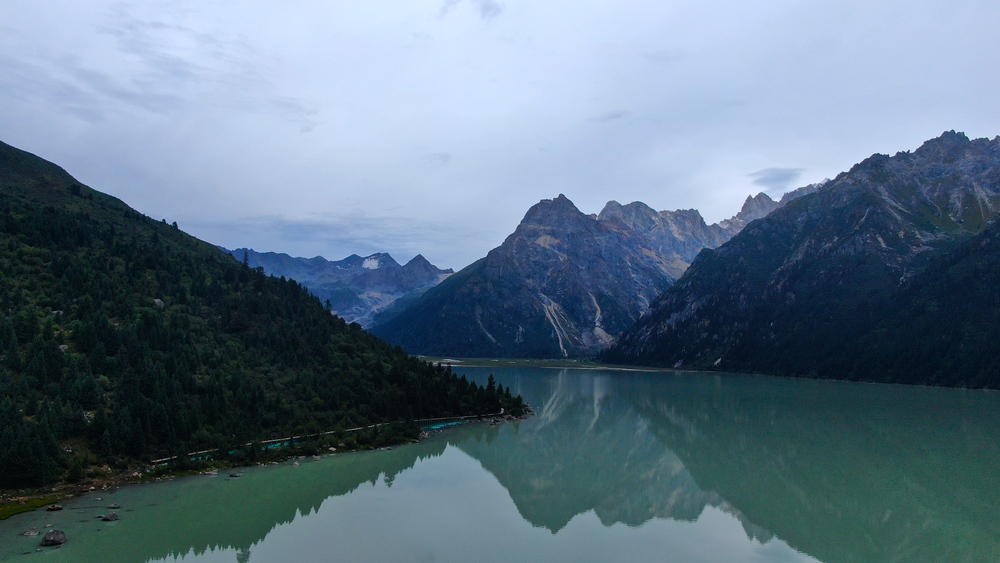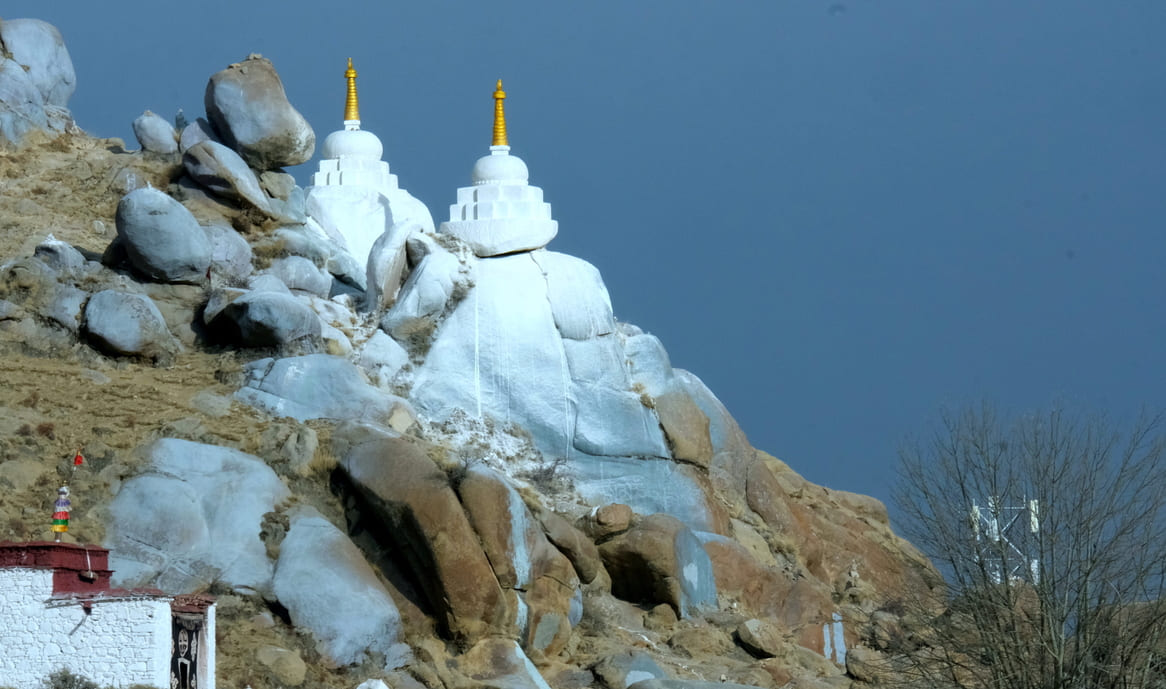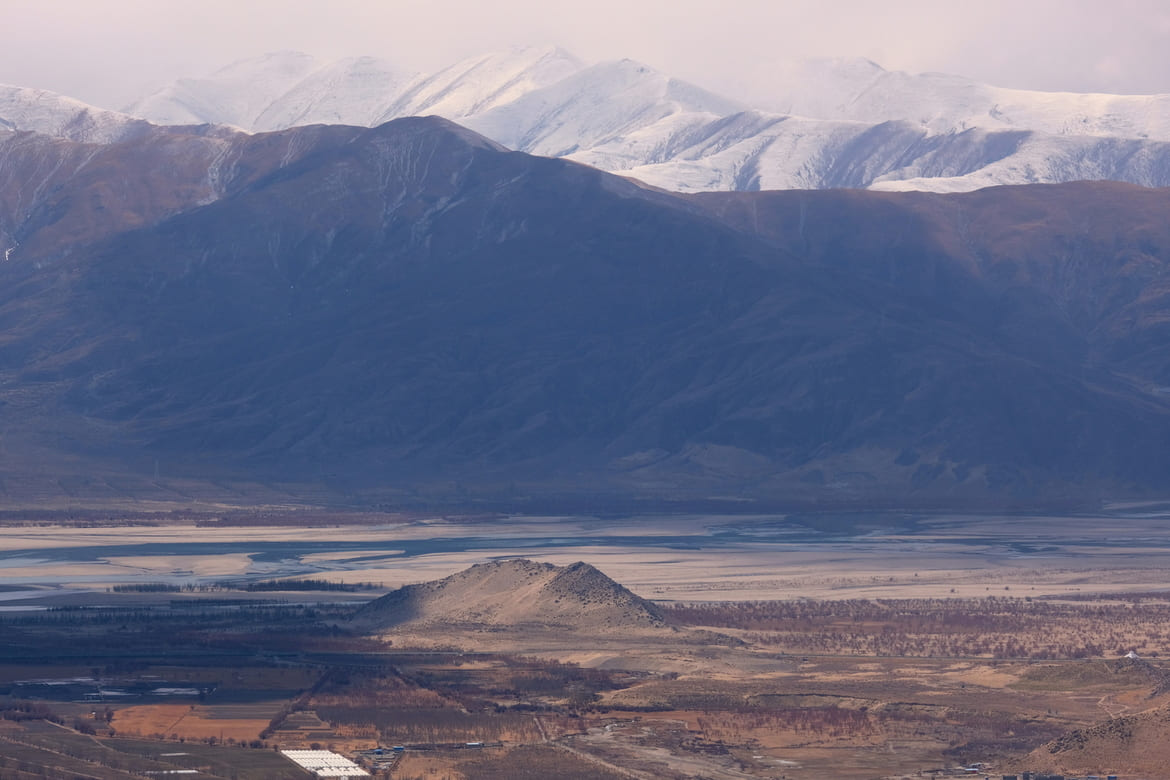+86-15889090408
[email protected]
Tibet is an ancient and mystical land known for its natural beauty, rich cultural heritage, and unique spiritual traditions. Many people dream of visiting Tibet to immerse themselves in its stunning landscapes and timeless culture. This essay aims to provide a comprehensive guide on how to prepare for a trip to Tibet and explore all that this magnificent region has to offer.

Tibet has become appealing for people to visit. It is renowned for its outstanding landscapes, spiritual significance, and thriving cultural traditions. Tibet is particularly famous for its Buddhist influences, and the monasteries remain the vital seat of study even today. The Tibetan culture encompasses heavily religion, and there are numerous traditions and customs that are still maintained. Tangibly, there is beautiful art and architecture that is unique to Tibet’s cultural makeup.
Also, Tibet boasts stunning scenic beauty, which makes it an excellent destination to have adventures. The mountains, diverse flora and fauna, and the beautiful glaciers and lakes all make for memorable experiences. Visitors can participate in trekking and hiking, cycling, and mountaineering, among others.
For those inclined to spiritual experiences, Tibet could be precisely the place to visit. You can choose to meditate and practice yoga to attain enlightenment, interact with spiritual leaders and monks, and participate in sacred pilgrimage to significant sites.
Economically, Tibet does not compare to other prominent destinations in China, making responsible tourism an issue of concern. However, the positive impact of tourism is that it provides job opportunities, boosts the local economy, and preserves heritage.
Tibet is not without challenges. Many people have reservations about visiting the region due to various reasons, but there is a need to appreciate and preserve the culture of Tibet, promote responsible tourism, and be conscious of the impact that our actions have on the environment.
In summary, Tibet is a remarkable destination that has been cherished for decades, and its unique blend of culture, scenic beauty, and spiritual significance are worth experiencing. While there are challenges, visitors could do much to promote sustainable tourism that is respectful of the environment, culture, and economy. We should all partake in preserving Tibet’s heritage and the environment.

Tibet is a unique travel destination that offers a glimpse into a distinct culture and way of life. However, traveling to Tibet requires proper preparation and planning to ensure a safe and enjoyable trip. This essay seeks to provide a comprehensive guide on how to prepare for a trip to Tibet.
The first step in preparing for a trip to Tibet is research and planning. It is essential to educate oneself about Tibet’s culture, customs, and attractions to fully appreciate the experience. Additionally, identifying essential items and equipment to pack and planning an itinerary is vital for a smooth trip. Booking accommodations and transportation in advance is also recommended.
Health preparations are another essential factor to consider when traveling to Tibet. It is advisable to consult a doctor for necessary vaccinations and medications. Acclimatizing to high altitude before the trip is crucial to prevent altitude sickness. Packing essential medical supplies, such as medicines for headaches and nausea, is also advisable.
Preparing for emergencies is crucial during any trip, and Tibet is no exception. Familiarizing oneself with emergency contacts and procedures is essential. A travel insurance policy can offer peace of mind in case of any unforeseen circumstances. Additionally, bringing necessary documents and identification can be instrumental in case of an emergency.
Cultural and environmental respect is crucial when traveling to Tibet. Learning and respecting Tibetan customs and traditions is essential to avoid unintentional cultural offense. Observing responsible tourism practices, such as minimizing waste and being mindful of wildlife, is also essential for environmental sustainability.
Finally, communication and language are essential factors to consider during a trip to Tibet. Learning basic Tibetan phrases can enhance one’s travel experience and allow for meaningful interactions with locals. Familiarizing oneself with communication methods in Tibet and bringing language translation tools can also be helpful.
Proper preparation is vital for a successful and enjoyable trip to Tibet. Research and planning, health preparations, emergency preparation, cultural, and environmental respect, and communication and language are essential factors to consider. By following these guidelines, travelers can embark on a meaningful journey that offers an unparalleled glimpse into Tibetan culture and way of life.

To begin with, it is important to stress the need for proper planning and research before visiting Tibet. Given its relative isolation, it is essential to understand the various regulations, permits, and restrictions associated with traveling to the region. Failure to do so can result in significant inconvenience, delays, or even cancelation of your trip.
One of the key considerations when planning a trip to Tibet is the mode of transportation. Travelers can access the region by flight, train, or road. Each of these options has its advantages and disadvantages. For example, while flights are fast and convenient, they can be expensive, while trains and road travel can be cheaper, yet time-consuming. It is essential to research each option in detail and base your decision on your budget, travel timeframe, and specific preferences.
Another crucial factor to consider is obtaining the necessary permits. Visiting Tibet requires distinct permits, including a Tibet Entry Permit, Alien Travel Permit, and Military Permit, amongst others. Obtaining these documents can be tricky, and it is essential to start the process well in advance of your intended travel date. Obtaining permits through a reliable travel agency is strongly recommended since permit regulations frequently change, and a professional tour operator can keep you up to date with the latest information.
Choosing the right time to visit Tibet is another significant factor in ensuring an enjoyable travel experience. The best time to visit Tibet largely depends upon the traveler’s preferences and travel goals, including climate and peak or off-peak seasons. For instance, some travelers may wish to experience Tibetan New Year, or Losar, which occurs in February or March, while others may want to witness the spectacular landscapes of Tibet in the fall, when the flora and fauna are at their most vibrant.
Travelers to Tibet must also consider health and safety considerations. Altitude sickness is a potential health concern that can affect those visiting high-altitude regions like Tibet. Weather can also present risks, particularly in the winter months when it can be bitterly cold. Understanding and taking the necessary precautions, such as acclimating to the altitude before embarking on strenuous activities, staying hydrated, and dressing appropriately, can help mitigate these risks. Travelers must also respect local customs and traditions by being aware of their behavior, dress, and language.
Finally, travelers to Tibet must research accommodation and travel itineraries in detail. The region offers a range of accommodation options, from luxury hotels to budget homestays. It is essential to choose accommodations based on your travel style, budget, and preferences. A suggested itinerary for first-time visitors could include visiting iconic landmarks such as the Potala Palace and Jokhang Temple, exploring rural villages to learn about local culture and traditions, and engaging in outdoor activities such as trekking, mountain biking, or kayaking.
Traveling to Tibet can be an enriching and life-changing experience. However, it requires extensive planning beforehand to ensure a smooth and enjoyable journey. Travelers must take into account various factors, including transportation, permits, timing, health and safety considerations, and accommodations. With responsible planning and the right resources, travelers can experience the beauty and wonder of Tibet in a safe and respectful way. We encourage tourism in this region while emphasizing the importance of being responsible travelers who respect local customs, the environment, and the region’s unique heritage.
Tibet is a culturally enriched autonomous region located in the People’s Republic of China. It is often known as the “Roof of the World” because of its high altitude ranges that encompass some of the world’s highest mountain peaks. The region is popular for its stunning mountain landscapes, religious sites, and cultural richness. This essay will discuss some of the significant tourist attractions in Tibet, including the Potala Palace, Jokhang Temple, Namtso Lake, and Everest Base Camp.
The Potala Palace is one of Tibet’s most iconic landmarks and captures the essence of Tibetan culture and history. Built in 1645, the palace served as the residence of the Dalai Lama, the highest spiritual leader of Tibetan Buddhism. The palace features remarkable architectural design and houses thousands of impressive artifacts, including manuscripts, statues, and tapestries.
Jokhang Temple is another significant religious center in Tibet, built-in 647 AD. The temple was the first Buddhist monastery built in Tibet and houses various invaluable Buddhist artifacts, including the Jowo Rinpoche, a revered statue of Lord Buddha.
Namtso Lake is a beautiful, serene body of water located in northern Tibet. It is one of the highest lakes in the world, sitting at an altitude of 4,718 meters above sea level. The lake is venerated by Tibetans and is a pilgrimage site for Buddhists. Tourists will have the opportunity to witness breathtaking views of the surrounding snowcapped mountains and clear blue skies.
Everest Base Camp is located at the foot of Mount Everest, the highest mountain in the world. The base camp is a popular tourist destination and a starting point for those interested in climbing the mountain. The base camp offers visitors an exceptional experience, including witnessing the beauty of the mountain and the challenges that climbers face.
Tibet is a beautiful region that is rich in cultural history and natural beauty. As outlined in this essay, the Potala Palace, Jokhang Temple, Namtso Lake, and Everest Base Camp are must-see tourist attractions. Visiting Tibet provides an opportunity to explore ancient cultural sites, connect with nature, and learn about Tibet’s history and people. As a recommendation, travelers should take the necessary time to research before their trip and engage with local tour guides to get the most out of their experience.
In conclusion, visiting Tibet is an incredible opportunity to experience a unique culture and to gain a deep appreciation for the importance of preserving Tibetan culture and practices. The challenges of traveling in this region are outweighed by the rewards of connecting with local people and learning about their culture and beliefs. We can help to ensure that this region remains a vibrant and unique cultural center for generations to come.